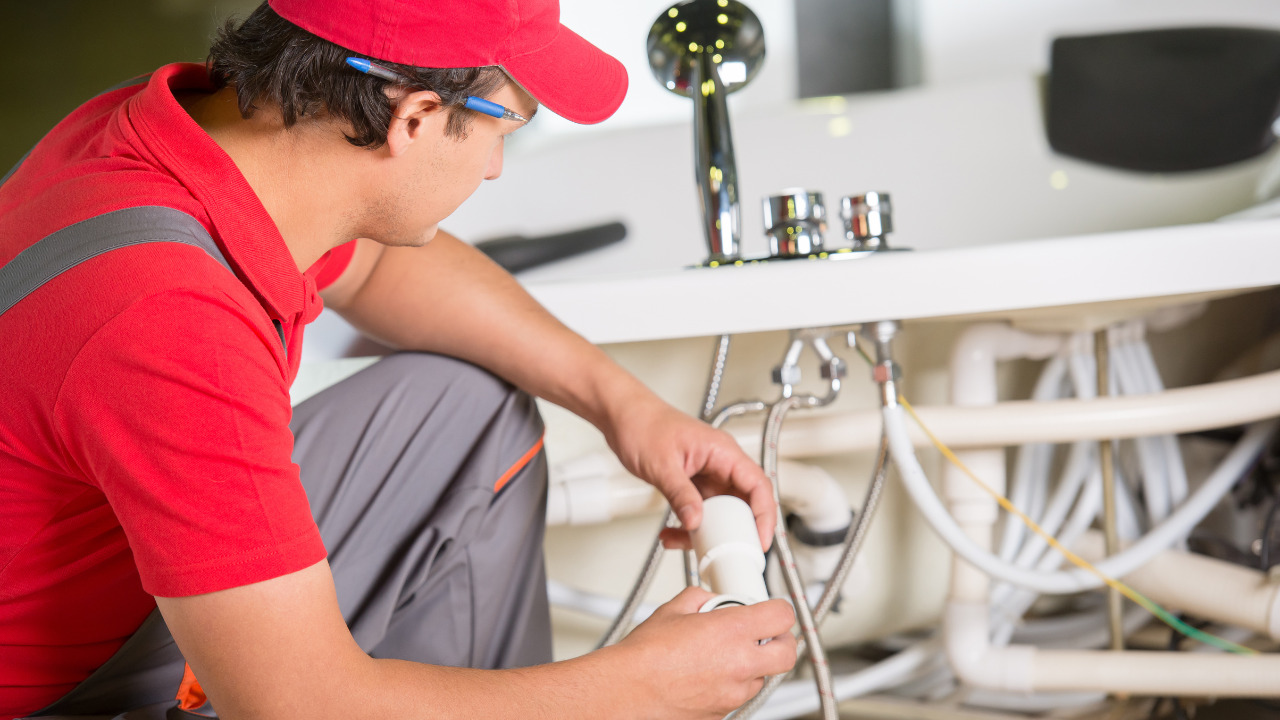In this age of digital connectivity, it’s simple for us to go online and learn how to tackle various home repairs. Many of us are hands-on homeowners with both time and energy to spare. Plumbing is one area where we often tap into this online knowledge base, hoping to save money. But you might not realize that attempting these DIY plumbing fixes can sometimes lead to expensive errors. Keep reading to discover the top blunders often made by amateur plumbers.
Table of Contents
Inconsistent Maintenance of Plumbing Systems
Instead of waiting for red flags indicating plumbing failure, regularly inspect your pipes once a month. This proactive measure can help forestall many severe plumbing issues from emerging over time. By adhering to a consistent inspection routine, you can stay on top of any potential plumbing issues and address them preemptively before they escalate into major problems.
We also advise arranging for a professional plumber at least annually. Skilled professionals possess a more discerning eye for plumbing problems that might escape your notice, so their expertise could save you expenses in the long run if they identify a hard-to-detect issue early on.
Failed to Close the Primary Water Line
Shutting off the water supply is a vital initial step in any DIY plumbing task. However, this can be easily overlooked if you’re not an experienced plumber. A loose connection or removed fixture causing water to leak or flow freely could quickly result in a home flood.
Merely shutting off the water at its source doesn’t guarantee that the pipes are empty. Let the bathroom or kitchen faucets run briefly to ensure all the water is drained from the pipes before you dismantle any pipe or fixture.
Setting Up a Saddle Valve for an Ice Maker or Humidifier
Piercing saddle valves are not compliant with modern plumbing regulations. Despite this, they are still included in some kits for ice makers and furnace humidifiers and can be purchased at home improvement stores.
This availability leads many DIY enthusiasts to install them, which is a grave error. Saddle valves tend to leak, particularly after multiple cycles of closing and opening.
Given that these valves are frequently located in hard-to-reach areas, a leak can persist undetected for a lengthy period, potentially leading to mold issues. Discarding the saddle valve and opting for a ball valve instead is recommended. If a saddle valve has already been installed, it’s advised to replace it with a ball-style shutoff valve promptly to prevent potential leaks from the old valve.
Opting for Drain Cleaner as Your First Choice
When drains become blocked, a common solution for many homeowners is to use drain cleaners. While these chemical cleaners may be effective for minor blockages, their frequent use can damage your pipes over time.
The same chemicals that dissolve the blockage can also erode the pipe material, making it susceptible to leaks. Incorrect usage of drain cleaners may also pose additional risks. It’s advisable to exercise caution and avoid using them if possible.
Natural cleaning solutions made from vinegar, salt, baking soda, and hot water are safer alternatives. If this method doesn’t yield results, consider using a plumber’s snake to reach into the drain and break up the blockage.
If these efforts prove unsuccessful, it’s time to call in the professionals. Skilled plumbers have the tools to easily remove the drain P-trap and clear out the material causing the blockage.
Excessively Tightening Connections
One of the most common errors made by DIY enthusiasts is over-tightening supply tubes, pipes, fittings, and toilet bolts. Applying too much force on a galvanized, coupling, tee, or elbow can risk damaging the fitting. While the crack may not appear immediately, the undue force can cause the fitting to break weeks later, leading to a potential flood. Discover how flood vents can help safeguard your home.
It’s even more usual to over-tighten the plastic fittings on toilet and faucet supply tubes. Tightening a water supply line doesn’t require much force. Over-tightening the hex nuts can eventually cause them to break and leak. Furthermore, applying too much pressure on toilet closet bolts at the floor or between the bowl and tank can result in cracking the porcelain, thereby ruining the toilet.
Overuse of Drain Cleaning Products
In the process of unclogging drains, it’s common for individuals to rely heavily on chemical drain cleaners, often using excessive amounts in the impacted area. This practice is detrimental as these products frequently result in further complications.
While they may effectively handle minor blockages, chemical drain cleaners can be harmful. They usually encompass elements that can gather around the blockages they’re intended to dissolve. Additionally, the emissions from these chemicals can swiftly permeate your home, leading to respiratory issues among your household members.
Endnote
While attempting DIY plumbing can be extremely rewarding, it’s easy to make mistakes that could leave you with bigger, sometimes costlier, problems. Always do your research when taking on any project and don’t forget the golden rule: if it seems too difficult or dangerous, call a professional for advice.





